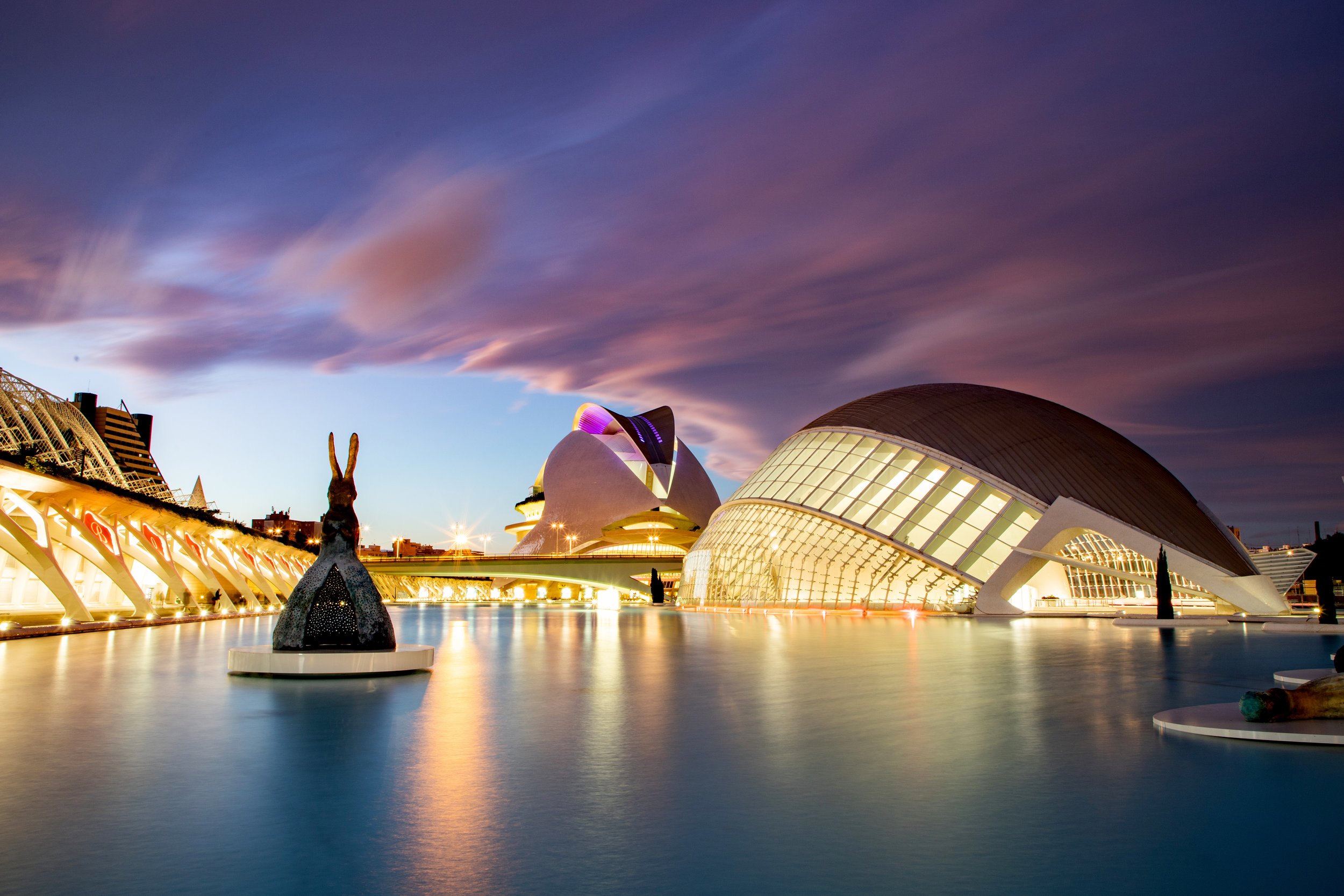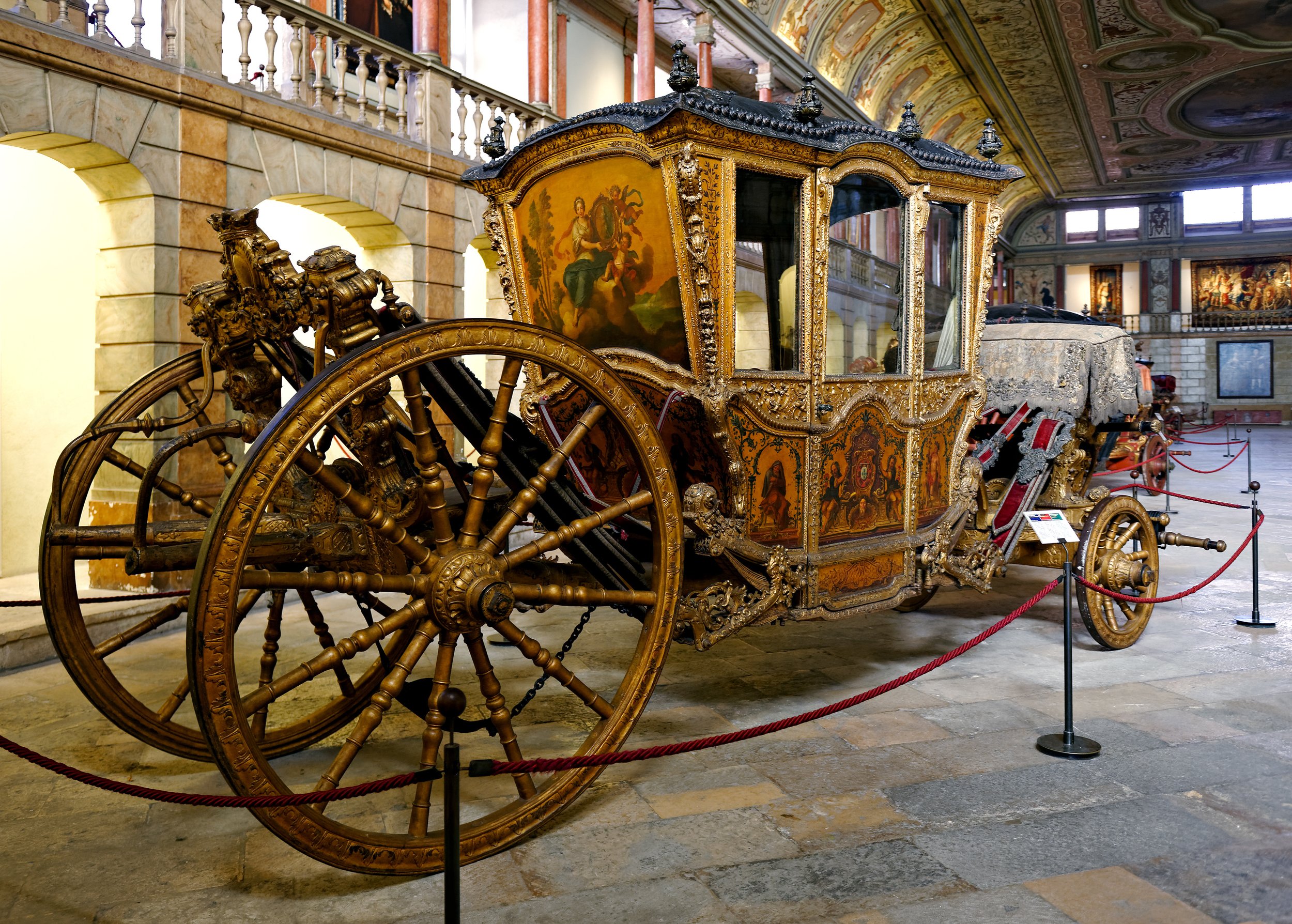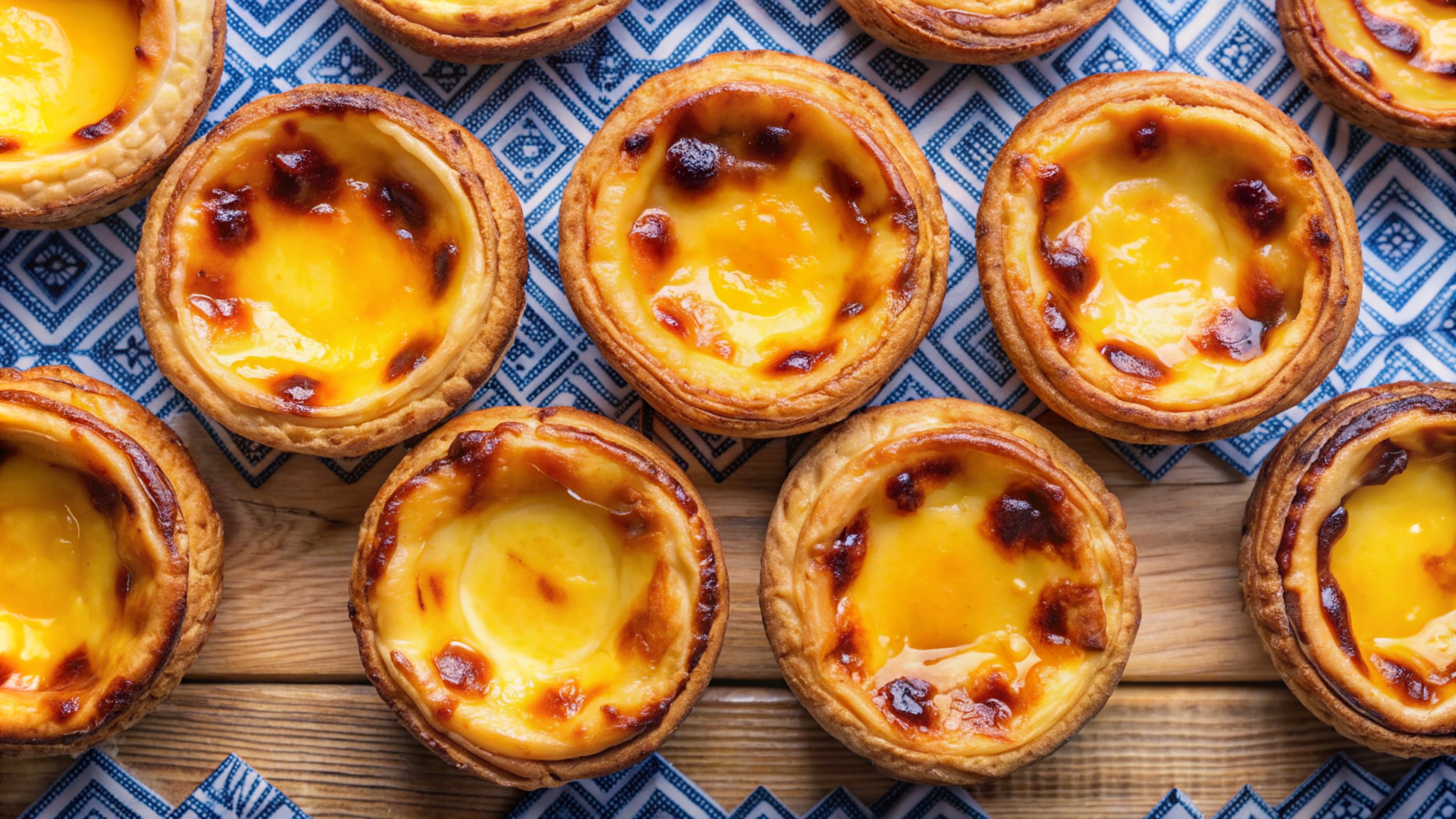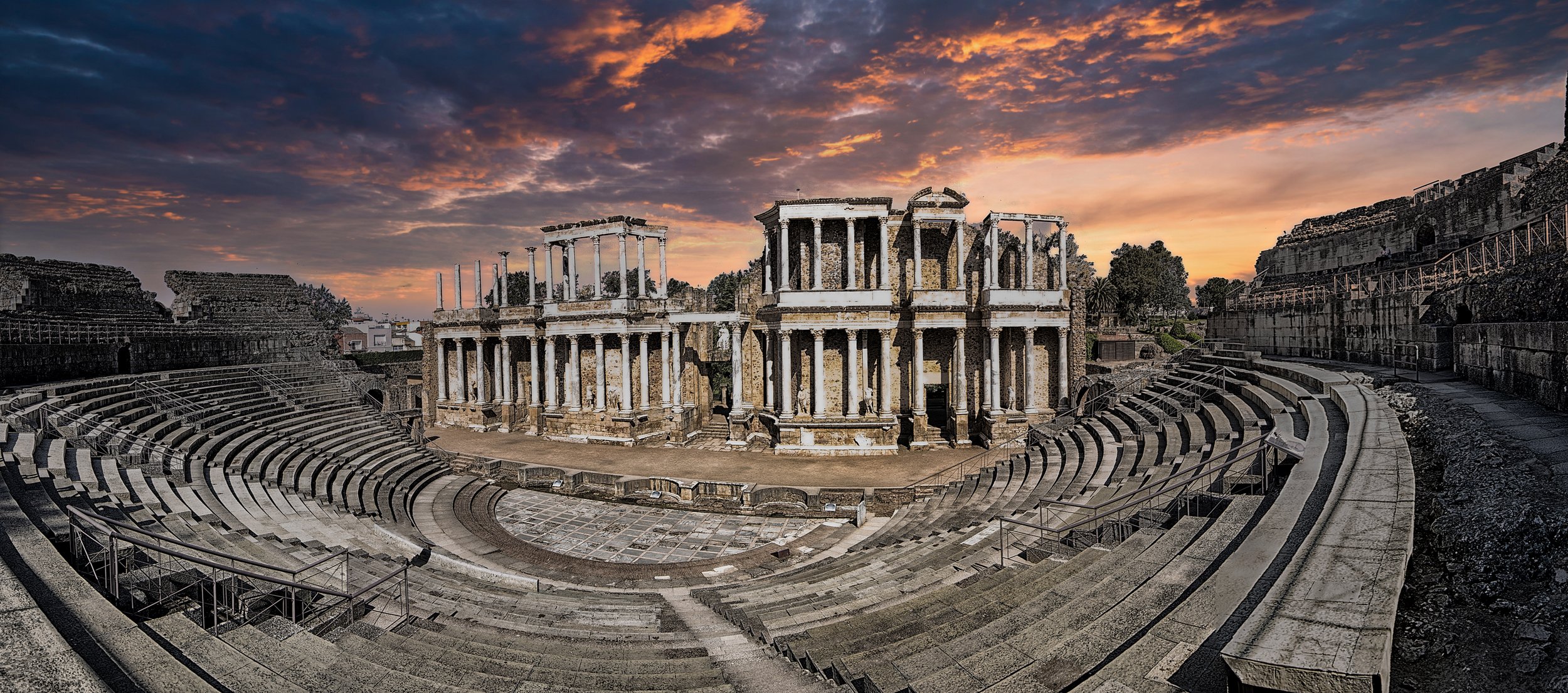Going for the Gold
A two-week adventure through Spain and Portugal was nothing short of luxurious.
by Christy Marshall / Photography courtesy of Luxury Gold
I am a tour newbie.
Once decades ago, while living outside Glasgow, I schlepped to Paris with a slew of Scottish schoolteachers. They brought their own tea and marmalade. They got cranky. Frequently. The hotel was old — and cold. It was one of those okay-but-not-so-great experiences. Except for a spectacular safari in Kenya, I've sidestepped group outings ever since.
Little did I know what an incredible difference tapping a company like Luxury Gold makes.
The trip, titled "Spain and Portugal Travel in Style," involved visiting nine cities in two countries over 13 days.
It's not for the faint of heart.
But then again, when Luxury Gold is at the helm, stamina — not bravado, is the key.
Several of the 22 others on this jaunt already knew. One couple was on their fifth Luxury Gold tour. Others had already taken the company's trips to Italy, Croatia, Poland, England, and Scotland. Before we packed our bags to go home, some signed up for a trip to Egypt.
But then again, what's not to love? You travel first class, you stay in five-star hotels, the food is divine, you get private tours of the sites and cities, and every possible detail is handled by the tour concierge.
Luxury Gold’s parent, The Travel Corporation, was founded in 1920 by hotelier and restauranteur, the late Stanley Tollman, and his wife, Bea, then living in the fishing village of Paternoster, South Africa. Last July, Travel Corporation, which now holds more than 40 travel and tourism brands and hotels, was purchased by Apollo Funds of New York.
The tour stands apart from others because of all the posh details: Being picked up by a driver in a black town car to go to the airport, then from the airport to the hotel and at the end, back to the airport and from the airport to my St. Louis bungalow. It's the luxury of having every reservation made, every room ready, of never hauling my luggage a step further than my hotel room door. No lines. Anywhere. Having proud local citizens give us either bus or walking tours (or a combination of both) at every destination. It's the ease of boarding a Mercedes version of a Greyhound bus, flitting you from one province, city, site, or even restaurant to the next.
At a time when international travel can be an unpleasant mixture of annoying and exhausting, all those little things add up to a lot.
The Luxury Gold approach offers total immersion into the country and its culture. The kingpin of the trip is the guide or concierge, the magician who eases away any and all rough edges, never fusses, never gets rattled, keeps a sharp eye out for pickpockets, and both entertains and educates. For us, her name was Sonia Santos. With an almost encyclopedic knowledge of the regions, she kept us enthralled hour after literal hour with history, data, statistics, anecdotes, local eccentricities, and even gossip. I now know the average alcohol consumption, cigarette users, and age longevity for Spaniards. She educated us on all things both Spanish and Portuguese. A guide for the past 28 years, Sonia spent five years at the university earning her tourism degree.
The Luxury Gold goal is "to take you on a silver tray to the best places we can," Sonia said.
The trip started in Barcelona. There, we explored all things Gaudi and toured the spiral-laden Sagrada Familia Cathedral, a Gaudi-inspired plan now (theoretically) being executed by (living) architects.
Next, we bussed to Valencia after stopping for a seven-course lunch at the Michelin-starred L'Antic Moli restaurant in La Galera, where we also consumed (a considerable amount of) locally harvested wine. One of the highlights of the drive through Valencia's Ciutat de les Arts Y De Las Ciències (City of Arts and Sciences), a collection of stunning buildings including the L'Oceanogràfic (the aquarium), The Palau de les Arts Reina Sofía (the opera house), Hemisferic (planetarium/IMAX theater), Museu de les Cièscience Principe Felipe (science museum), L'Agora (covered event space) designed by Félix Candela and Santiago Calatrava, the same architect who created the Oculus at Ground Zero in New York City.
The city of the Arts and Sciences in Valencia, Spain. / photo by Melinda Nagy
In Granada, a guide led us patiently through the Alhambra Palace, built by the Moors in the 13th century. That night, we stayed at the Hospes Palacio de los Patos, a palace-turned-hotel that was truly palatial with its marble floors and wood-carved ceilings (all making it feel a bit like living in the Alhambra). With no rest for the weary, we were up and out the following morning to travel to Córdoba (where we walked through Mezquita and the Jewish Quarter) and then on to Seville, affectionately referred to as the "Soul of Spain."
Alhambra palace, Granada, Spain.
Hospes Palacio de los Patos, Granada.
Constructed on a plateau that overlooks the city of Granada, Spain, the Alhambra palace and fortress was largely built between 1238 and 1358.
That city may have been my absolute favorite. Aside from the gorgeous hotel, the Colón Gran Meliá, we spent hours exploring — and learning by doing. There was the flamenco lesson before sitting down for a performance by the professionals. The next day, we trekked to the local market (Mercado de Abastos), where we made the best paella I've ever eaten (and where the chef warned us against ever, ever adding chorizo to the dish).
Madrid, Spain. / Image by Sergio Martinez
The lobby at the Gran Melia Colon hotel in Seville.
A woman dancing flamenco in Seville’s Plaza Espana. / Photo by S. Kuder
Paella in Valencia, Spain.
On the eighth day, we crossed the border into Portugal. En route, we stopped for lunch to hear a performance of local men in a group singing Cante Alentejano. This genre of traditional two-part singing, originating in southern Portugal, has been added to UNESCO’s list of Intangible Cultural Heritage.
The wine cellar at Convento de Espinheiro hotel in Evora, Portugal.
The chapel at Convento de Espinheiro hotel in Evora.
Once in Lisbon (Sonia's hometown), we stayed at the Pousada de Lisboa and explored the city. A not-to-be-missed attraction was the Museu dos Coches (Coach Museum), which made me roll my eyes when I first read it. Foolish me. It was spectacular. Who knew coaches could be so intricately made, ostentatious, beautiful, and uncomfortable? But as wonderful as it was to see them, they came in a strong second to the Pastel de Nata. This Portuguese egg-yolk custard tart dates to before the 18th century and is basically a crème brûlée in a puff pastry made from a recipe held fast to the heart by the monks living atop a nearby hill. Afterward, we explored the National Palace of Queluz and headed out on our own to shop and dine.
The Coach Museum in Lisbon, Portugal. / Photo by Zoran Karapancev
Pastel de Nata, Portuguese egg custard tart pastry.
Before ending our trip to Madrid, we stopped at Évora (another UNESCO World Heritage Site). We explored the town, toured the cathedral, and tasted Portuguese wines at the Herdade de Calada vineyard. We shopped and shopped, buying cork (purses, shoes, bottle stoppers), espadrilles, tiles, and jewelry, among other native wares. We spent the night in the simply spectacular Convento do Espinheiro, a 14th-century monastery and convent reborn as a gorgeous hotel that opened in the early 2000s.
Azeulejos on the wall inside the Church Igreja de Sao Joao Evangelistia Evora, Portugal.
Back on the bus, we stopped at Mérida to tour the Roman ruins before motoring on. From our base in Madrid at the Hotel Fénix Gran Meliá, we had two days to explore, walk through the city, tour the Prado Museum, explore the maze-like Old Town, and do more shopping, eating, and learning.
Ruins of the Roman Theater in Merida, Spain at sunset.
By the time we were done, we had traveled 1,700 miles on the bus. In a casual survey, everyone agreed that this trip (an $8,000-plus investment) was worth every penny. Universal praise came for the hotels, the bus, and the various events, but especially for Sonia. Aside from her incredible knowledge, she always treated us with gifts. With a mischievous grin, she'd announce, "I have a little surprise for you," and follow it up with chocolate treats on the bus and local pastries. There was the night we met for champagne before dinner. There was Café Carajillo, a coffee drink with brandy at one of the gas stops. She texted us her favorite sangria recipe. And then later for gazpacho. She led us to the Lisbon marketplace to join the locals for shots of cherry liqueur.
When one young couple from Perth asked to go to a vineyard to buy a bottle of the rare Spanish sherry PX (Petro Ximénez), Sonia made it happen, and they returned ecstatic with two — circa 1931. The simple fact that a hat owned by one of the women on the tour, which was lost at one site and still made its way back to her, is proof positive of Sonia's skills. As one earlier tour member mentioned, she felt protected with Sonia in charge. "She's like a German shepherd," the woman said. For a group with an age range spanning early 50s to mid-70s, the notion of someone else being totally in control and casting an ever-vigilant protective eye had a luxurious ring to it.
Built into the delight of the trip was the process of total strangers (from Australia, Canada, New York, California, Maryland, Virginia, Florida, and Texas) almost instantly morphing into an ad hoc group of friends. Every single person was funny, kind, welcoming, smart, interesting, and primed for an adventure.
"I know that I'm doing a good job when you are mingling," Sophia said. "You started as strangers — and you end as a family."
And I know now that group travel, with the right company in charge, is as good as gold.
For more information visit luxurygold.com.














